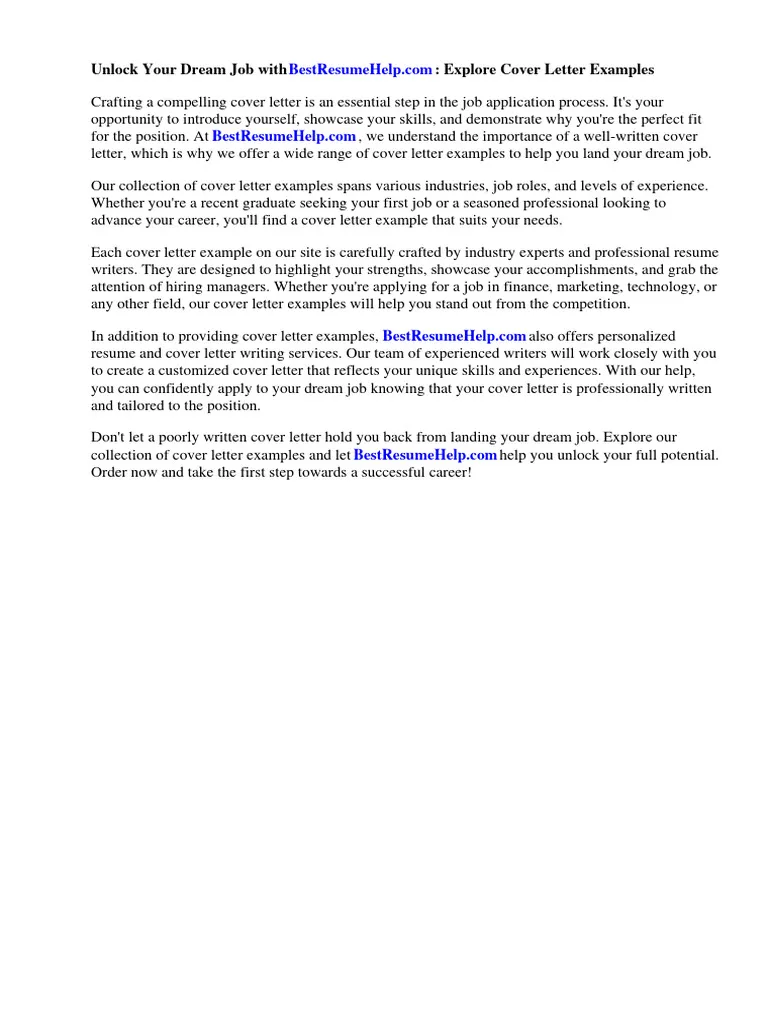Why You Need an Education Resume Cover Letter
In the competitive world of education, a well-crafted resume cover letter is often the key to unlocking your dream job. While your resume provides a snapshot of your qualifications, a cover letter offers a crucial opportunity to showcase your personality, passion for education, and suitability for a specific role. It’s your chance to make a compelling first impression and persuade hiring managers that you’re the ideal candidate. Without a cover letter, your application might blend in with countless others, but with a strong one, you can set yourself apart and significantly increase your chances of landing an interview. The education sector values communication and interpersonal skills, both of which are effectively demonstrated through a tailored cover letter. In this guide, we’ll delve into the art of writing an outstanding education resume cover letter that will make you stand out.
Key Components of an Education Resume Cover Letter
A successful education resume cover letter is more than just a formality; it’s a strategically constructed document designed to highlight your unique qualifications and fit for the role. Each component plays a vital role in presenting you as a well-rounded and suitable candidate. When writing an education resume cover letter, it’s essential to include certain key elements that collectively form a persuasive argument for your candidacy. From a clear header to a confident closing, each part needs to be carefully considered and executed to make a lasting impression. Following the right structure ensures your letter is organized, professional, and easy for hiring managers to read. Understanding these key elements will help you craft a cover letter that effectively showcases your skills, experience, and passion for education, ultimately increasing your chances of securing your desired position.
Header and Contact Information
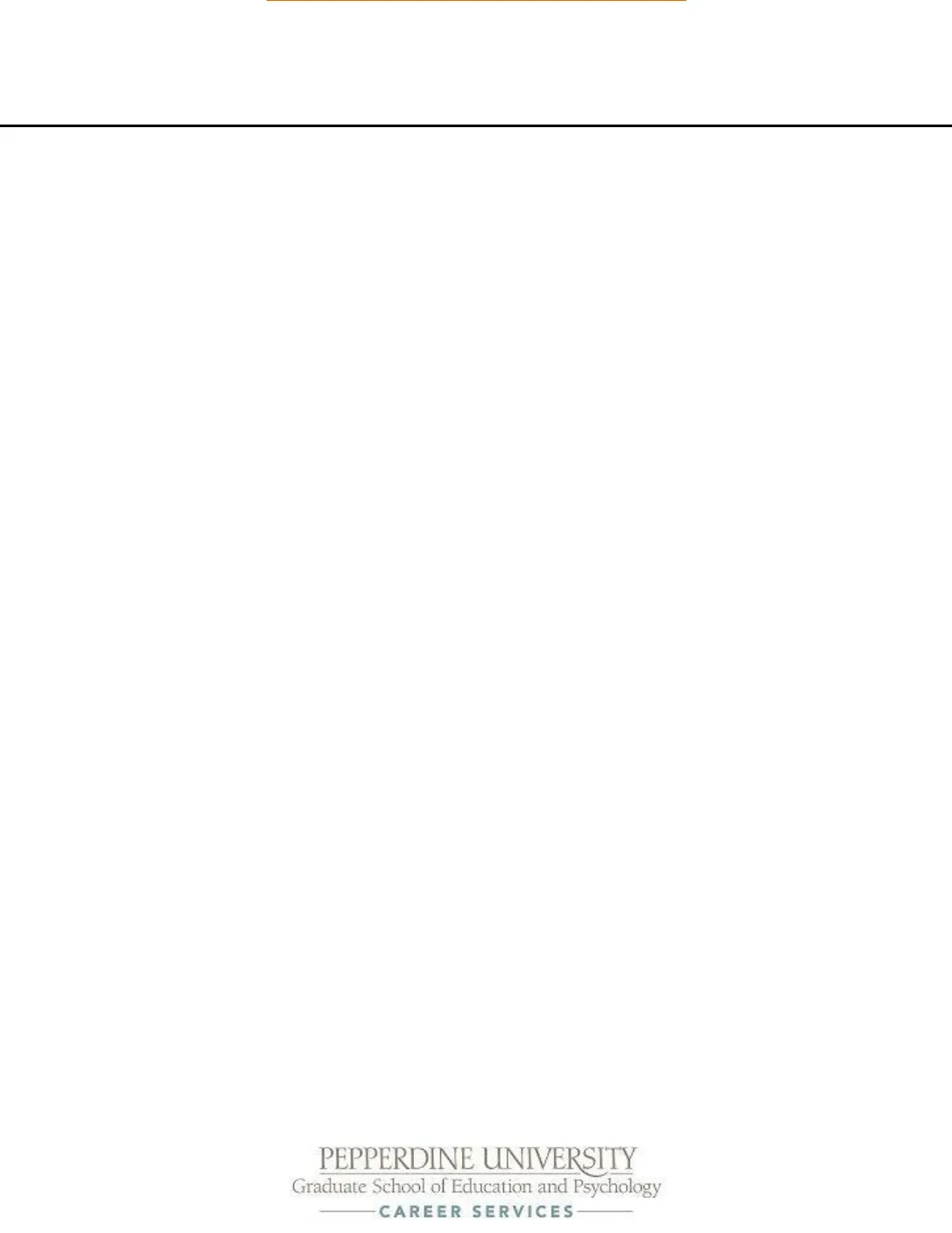
The header of your education resume cover letter is the first thing a hiring manager will see, so it’s crucial to get it right. This section should clearly display your contact information, including your full name, phone number, professional email address, and optionally, your LinkedIn profile URL. Ensure your contact details are up-to-date and professional. It should be placed at the top of the letter, typically aligned to the left or centered. Following this, include the date and the hiring manager’s name and title, along with the school or organization’s name and address, if available. This professional header sets the tone for the rest of your letter, demonstrating attention to detail and a commitment to professionalism. A well-formatted header immediately signals that you are organized and prepared. Furthermore, it allows the reader to quickly identify you and easily reach out to you for further communication.
Salutation
The salutation sets the tone for your entire cover letter. Whenever possible, address the hiring manager by name. Research the organization to find out who will be reviewing your application, and tailor your salutation accordingly. Using a specific name shows that you’ve taken the time to personalize your letter. If you are unable to find the hiring manager’s name, a professional greeting like ‘Dear Hiring Committee’ or ‘Dear [Department Name] Hiring Team’ is a suitable alternative. Avoid generic salutations such as ‘To Whom It May Concern,’ as these lack personalization and may make your application seem less compelling. The right salutation establishes a professional relationship from the start and sets a positive tone for the rest of your message.
Opening Paragraph Grabbing Attention
Your opening paragraph is your opportunity to make a strong first impression. It should immediately capture the reader’s attention and make them want to learn more about you. Begin by stating the position you are applying for and how you learned about the opportunity. Then, briefly highlight your most relevant skills and experience. If you have a unique achievement or quality that sets you apart, mention it here. The opening should also convey your enthusiasm for the role and the organization. Avoid generic opening statements and instead craft a sentence or two that showcases your personality and passion for education. The goal is to make the hiring manager want to read the rest of your letter and consider you as a potential candidate.
Highlighting Your Skills and Experience
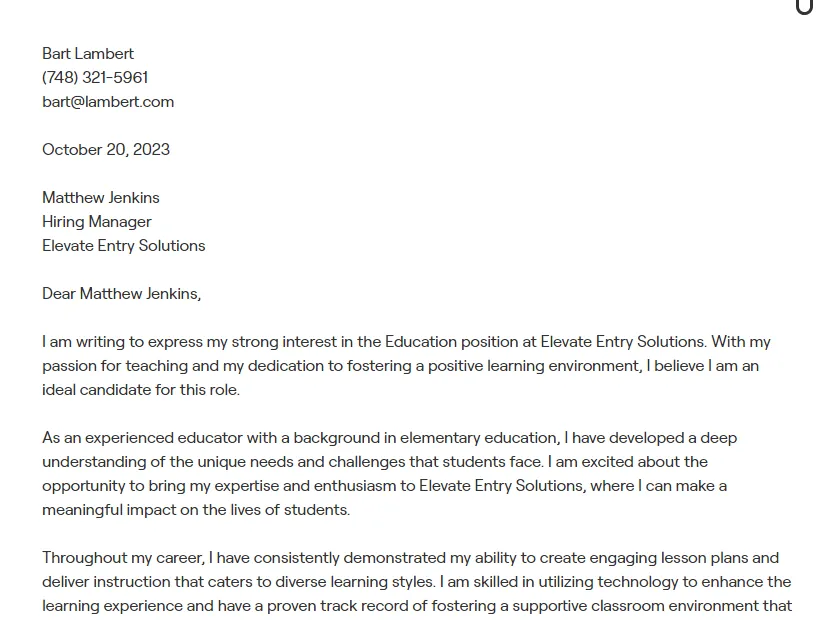
This is the heart of your cover letter, where you demonstrate how your skills and experience align with the job requirements. Select specific examples that showcase your qualifications. Instead of simply listing your accomplishments, explain how you achieved them and the results you delivered. Use action verbs to describe your responsibilities and achievements, and quantify your results whenever possible. This section should be tailored to the specific job description, highlighting the skills and experiences that the employer values most. Show the hiring manager how you can contribute to their team and the impact you can make. Provide concrete evidence of your ability to succeed in the role. Each paragraph must be well-structured, and clear in order to showcase the relevant experiences.
Tailoring to the Job Description
To truly impress a hiring manager, you must tailor your cover letter to match the job description. Carefully review the job posting, identifying the key skills, qualifications, and experiences the employer is seeking. Then, in your cover letter, address each of these requirements, providing specific examples from your background that demonstrate your ability to meet them. This shows that you have taken the time to understand the role and the needs of the organization. For each requirement, provide a brief explanation of how your skills and experiences align, showcasing a clear understanding of the job’s expectations. Doing so increases the relevance of your application and demonstrates your attention to detail.
Quantifying Achievements
Numbers speak volumes, particularly when demonstrating your achievements. Instead of just stating what you did, quantify your accomplishments. Use numbers, percentages, and data to illustrate the impact of your work. For instance, if you improved student test scores, state by how much. If you implemented a new program, mention the number of students it benefited. This approach provides concrete evidence of your effectiveness and makes your accomplishments more credible and compelling. Quantifying your achievements also demonstrates your ability to measure results and your focus on achieving specific goals. When writing this section, ensure that the data is verifiable and relevant to the job requirements. This will make your achievements seem more impactful and make your application more persuasive.
Expressing Enthusiasm and Fit
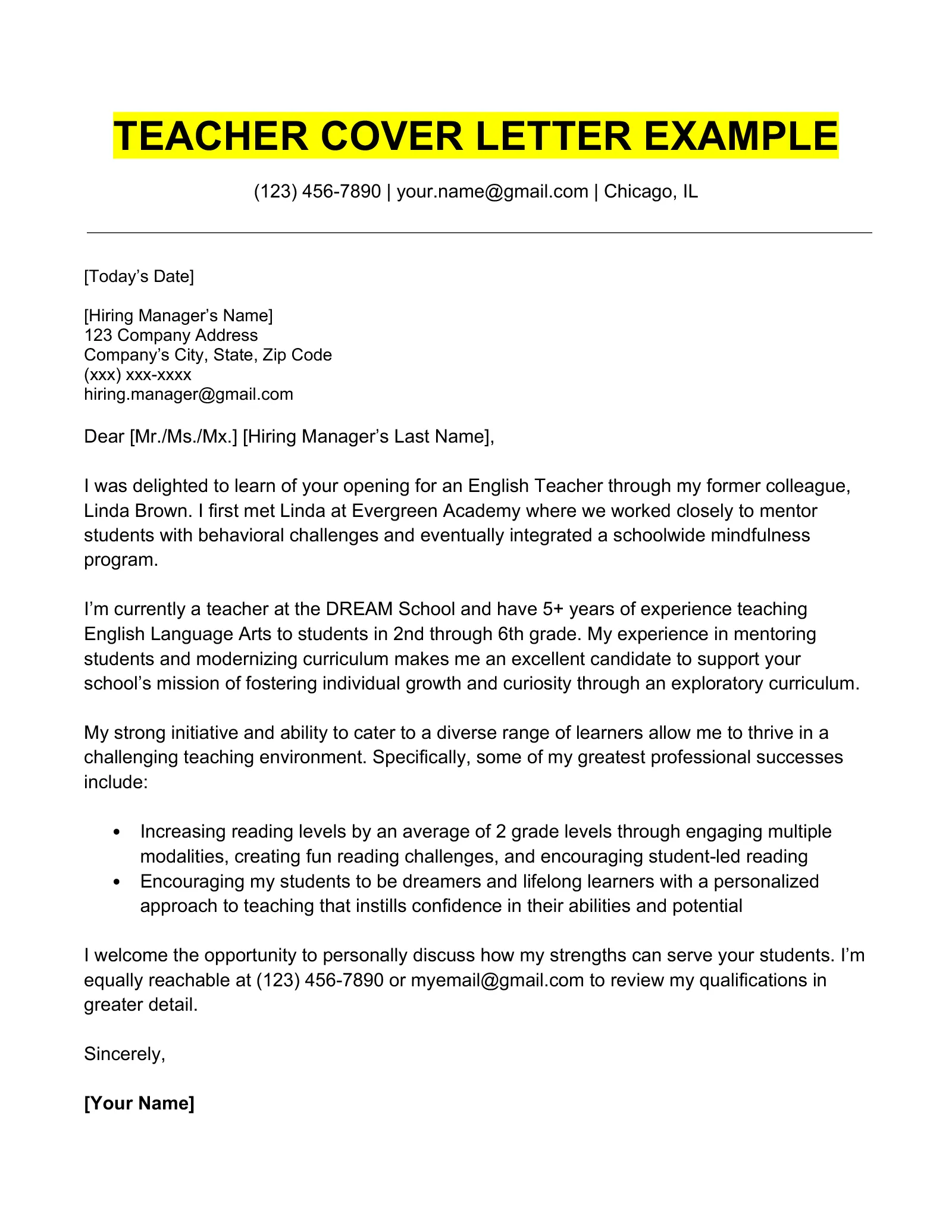
A cover letter is not just a recitation of your skills; it’s also an opportunity to convey your enthusiasm for the position and the organization. Express your passion for education and your interest in the specific role. Explain why you are drawn to the school or institution and how your values align with its mission and values. Mention any research you’ve done on the school, its programs, or its culture. Show that you understand the organization’s goals and how you can contribute to them. A genuine expression of enthusiasm can make a lasting impression and set you apart from other candidates. Let the hiring manager know that you are truly excited about the prospect of joining their team and what you bring to the table.
Call to Action
The call to action is a crucial part of your cover letter because it tells the hiring manager what you want them to do next. Clearly state your interest in an interview and express your availability. Make it easy for them to take the next step by providing your contact information again and thanking them for their time and consideration. Avoid passive language and instead, express your eagerness to discuss your qualifications further. You can also reiterate your understanding of the role and your enthusiasm for the opportunity. A strong call to action demonstrates your confidence and proactive approach. Make sure to make it easy for the hiring manager to contact you.
Closing and Signature
Your closing should be both professional and memorable. Use a formal closing like ‘Sincerely,’ ‘Respectfully,’ or ‘Best regards.’ Then, provide your full name. If you are submitting a physical letter, leave space for your handwritten signature above your typed name. This final touch adds a personal element to your application. It is always good to provide your contact information once again. Ensure the closing is consistent with the tone of your letter and the overall professional presentation. Before submitting, proofread the entire letter to ensure there are no grammatical errors or typos, because the closing is your final chance to make a positive impression.
Formatting and Design Tips
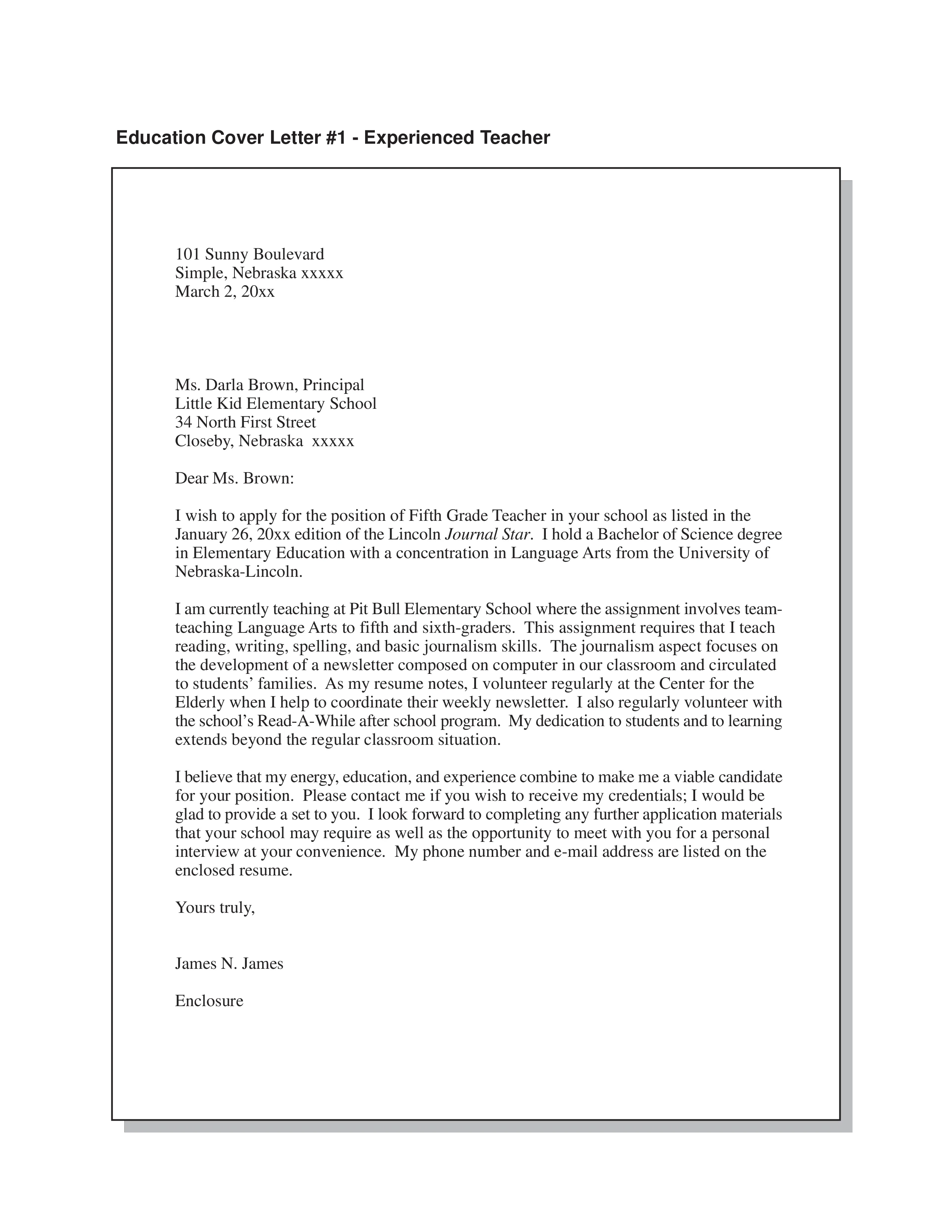
The visual presentation of your education resume cover letter is as important as its content. An organized and well-formatted letter is easier to read and reflects your professionalism. Carefully consider your layout, font choices, and use of white space to create a document that is both visually appealing and easy to navigate. Clean formatting helps highlight your qualifications and ensures that your message is received positively. Following these design tips will make your cover letter look good to the reader.
Choosing the Right Font and Font Size
The font and font size you choose can significantly impact your cover letter’s readability. Select a professional, easy-to-read font such as Times New Roman, Arial, Calibri, or Helvetica. Use a font size between 10 and 12 points. Avoid overly decorative or unusual fonts that could detract from your message. Maintain consistency in your font choice throughout the entire document. Make sure the font size is large enough to read comfortably but not so large that it appears unprofessional. This will also make your cover letter look more organized. Proper font selection and size ensure that your letter is easy to read and your message is well-received.
Proper Use of White Space
White space is your friend. It helps to break up the text, making your cover letter easier to read and more visually appealing. Use margins of at least one inch on all sides of the page. Use ample spacing between paragraphs and sections. Avoid overcrowding your letter with too much text. Proper use of white space helps to create a clean, organized appearance that draws the reader’s eye to the important parts of your message. Avoid dense blocks of text. This shows that you are respectful of the reader’s time and that you have thought about the layout and design of your letter. You should strive for an organized appearance. It is good practice to use white space to separate different sections of your letter.
Proofreading and Editing

Proofreading and editing are non-negotiable steps in the cover letter writing process. Before submitting your cover letter, carefully review it for any errors in grammar, spelling, and punctuation. Read the letter aloud to catch any awkward phrasing or sentences. It’s also helpful to have someone else proofread your letter. Fresh eyes often catch mistakes that you might miss. Proofreading is essential to show your attention to detail and commitment to quality. Even a small error can create a negative impression. Always take the time to ensure your letter is polished and error-free. This will help you show the hiring manager that you are both capable and professional. Your goal is to make your application as perfect as possible, and editing is critical to achieving that.
Common Mistakes to Avoid
Avoiding common mistakes is just as crucial as including the right elements in your cover letter. Some errors can instantly disqualify your application, so it’s important to know what to avoid. A well-crafted cover letter is a powerful tool that helps you stand out from the crowd. By being aware of these common pitfalls, you can ensure that your letter makes a positive and lasting impression on the hiring manager.
Generic Cover Letters
Generic cover letters are a major turn-off for hiring managers. Avoid using a template that you send to every job you apply for. Take the time to tailor your letter to each specific position and organization. Refer to the job description, and highlight the skills and experiences most relevant to the role. Explain why you are interested in the specific school or institution. Customizing your cover letter demonstrates your genuine interest in the opportunity and your understanding of the employer’s needs. Generic cover letters are often easy to spot, and they signal a lack of effort and attention to detail. Show the hiring manager that you are dedicated and that you are passionate.
Typos and Grammatical Errors
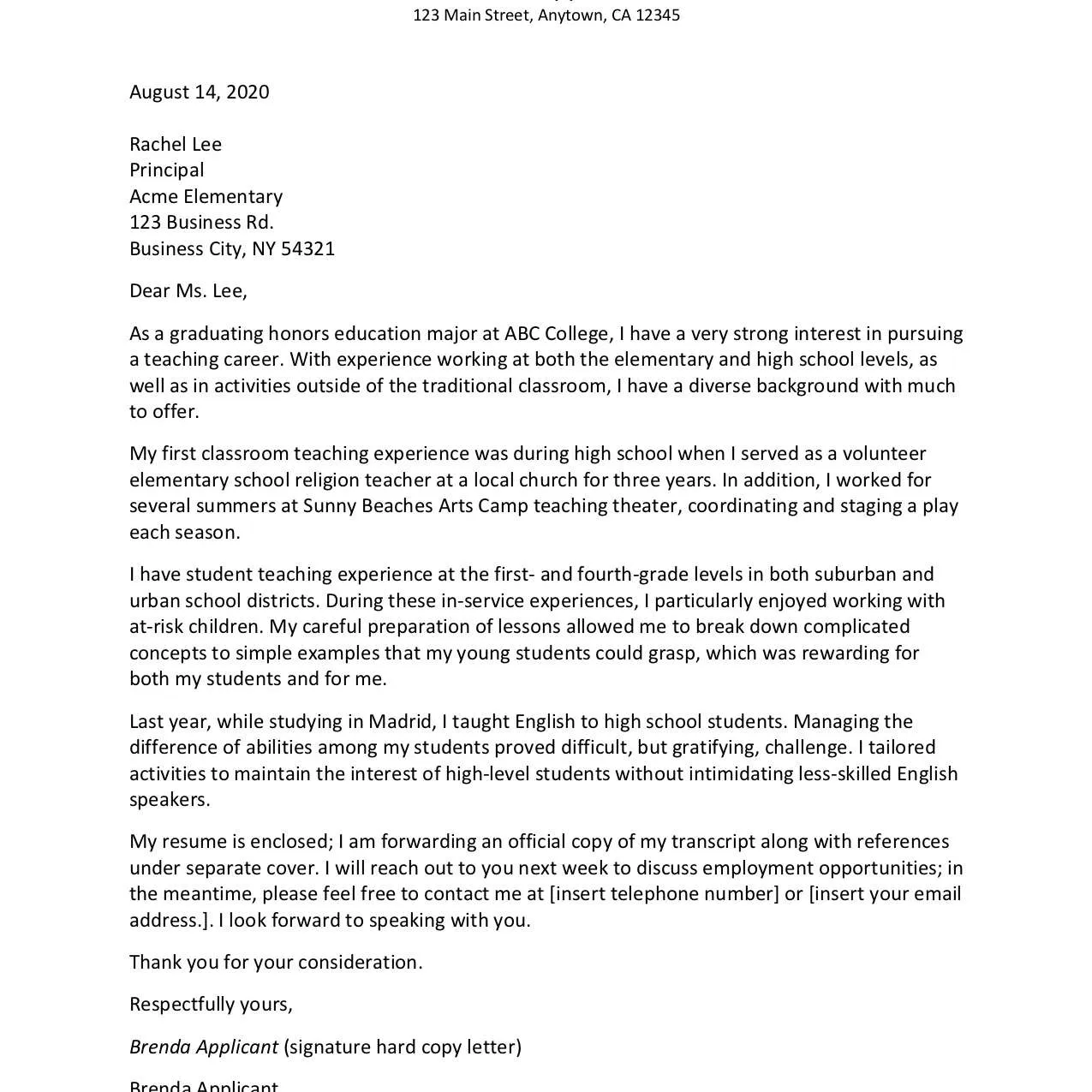
Typos and grammatical errors can undermine your credibility and make you appear careless. Always proofread your cover letter multiple times, and consider having someone else review it as well. These errors can make you seem unprofessional and can make the hiring manager question your attention to detail. Even a single typo can create a negative impression, so always take the time to ensure your letter is polished and error-free. These errors can detract from your qualifications, no matter how impressive they may be. Prioritize accuracy and professionalism, as they are both crucial for success in education.
Focusing Too Much on Yourself
While it’s important to highlight your skills and experience, avoid making your cover letter all about you. Focus on how you can benefit the school or organization, and how your skills align with their needs. Frame your accomplishments in terms of what you can bring to the table and how you can contribute to the school’s mission. Be sure to include any relevant research you have done on the school’s programs, culture, or values. Demonstrate how you understand the employer’s goals and how you can help them achieve their goals. This approach makes your cover letter more compelling and shows that you are a team player.
Using Jargon or Clichés
Avoid using industry jargon or clichés that might make your writing sound unoriginal. Instead, use clear, concise language that is easy to understand. Showcasing your unique personality and perspective is a great way to stand out. Be authentic and use your own voice. Hiring managers appreciate candidates who can communicate effectively and avoid overused phrases. Use specific examples to illustrate your skills and experiences. A well-written cover letter is one that is easy to read and understand. Be direct and get to the point to grab the attention of the reader.
Examples of Strong Education Resume Cover Letters
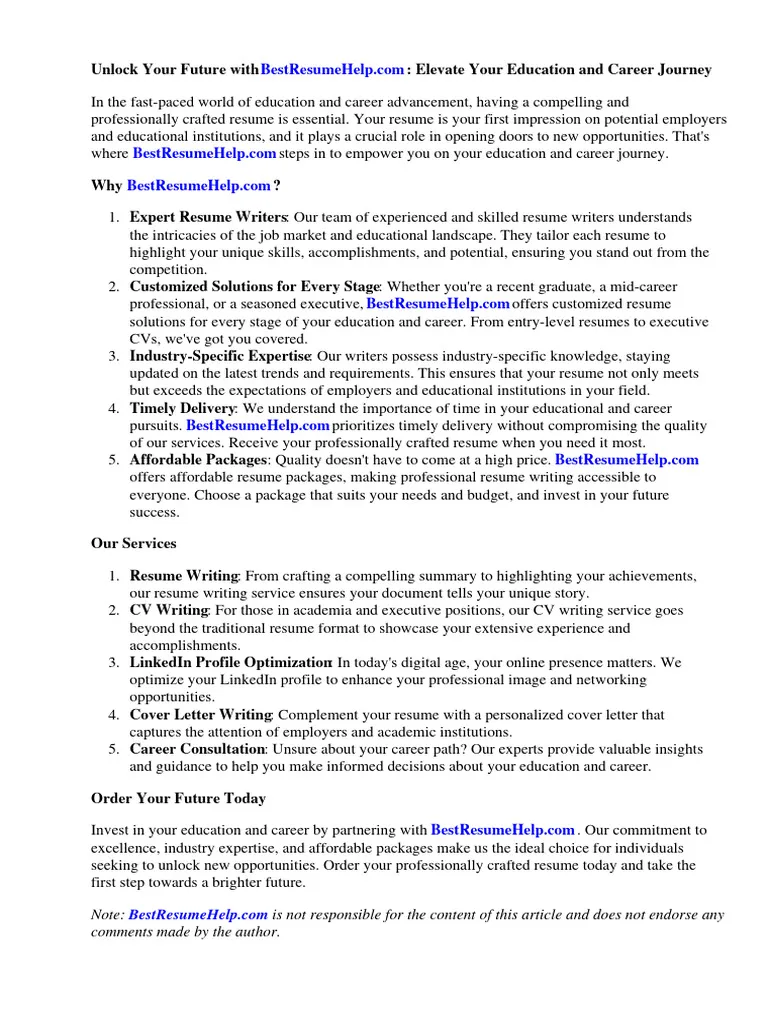
Reviewing examples of strong education resume cover letters can provide valuable insights and inspiration as you craft your own. Study different formats, styles, and approaches to find out what works best. These examples will showcase effective ways to highlight qualifications, demonstrate enthusiasm, and grab the reader’s attention. By studying these, you can start building your own letter.
Cover Letter for a Teacher Position
When applying for a teacher position, your cover letter should highlight your teaching experience, classroom management skills, and passion for fostering student growth. Showcase your ability to create engaging lesson plans, differentiate instruction, and build positive relationships with students and parents. Quantify your achievements whenever possible, such as the percentage of students who improved their test scores. Tailor your letter to the specific grade level or subject you are applying for. Show your understanding of educational theories, and emphasize your ability to create a nurturing and effective learning environment.
Cover Letter for an Administrator Role
For administrative roles, your cover letter should demonstrate your leadership skills, organizational abilities, and experience in managing teams. Emphasize your ability to develop and implement effective policies and procedures, manage budgets, and communicate with various stakeholders. Include examples of your experience in school administration, such as curriculum development, staff supervision, and community engagement. Show your knowledge of school management software, and quantify your accomplishments. Highlight your commitment to fostering a positive school culture and improving student outcomes. Demonstrate your readiness to take on this role.
Cover Letter for a Tutor Position
If you’re applying for a tutor position, your cover letter should highlight your tutoring experience, subject matter expertise, and ability to tailor your approach to meet individual student needs. Emphasize your passion for helping students succeed and your ability to create a supportive and engaging learning environment. Showcase your skills in explaining complex concepts, assessing student progress, and providing constructive feedback. If you have experience working with specific age groups or subjects, be sure to mention it. Highlight any achievements in tutoring or student improvement, and express your enthusiasm for helping students achieve their academic goals.
